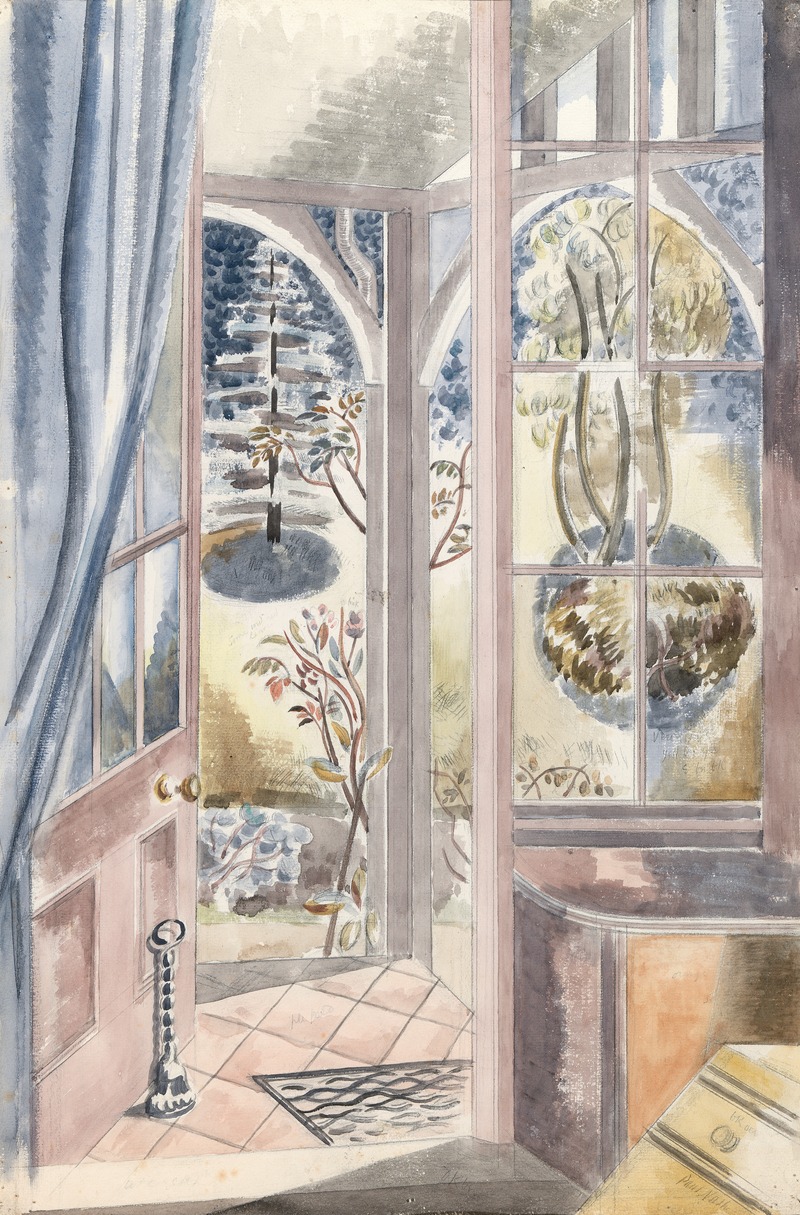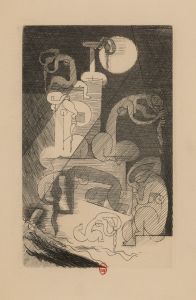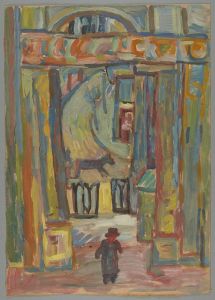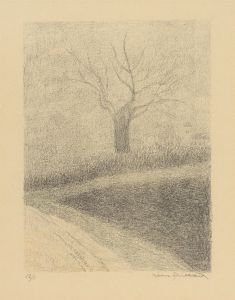
The Door to a Garden
A hand-painted replica of Paul Nash’s masterpiece The Door to a Garden, meticulously crafted by professional artists to capture the true essence of the original. Each piece is created with museum-quality canvas and rare mineral pigments, carefully painted by experienced artists with delicate brushstrokes and rich, layered colors to perfectly recreate the texture of the original artwork. Unlike machine-printed reproductions, this hand-painted version brings the painting to life, infused with the artist’s emotions and skill in every stroke. Whether for personal collection or home decoration, it instantly elevates the artistic atmosphere of any space.
"The Door to a Garden" is a painting by the British artist Paul Nash, created in 1936. Paul Nash (1889-1946) was a prominent figure in British art, known for his contributions to modernism and surrealism. His work often explored themes of landscape, memory, and the subconscious, influenced by his experiences during World War I and his fascination with the English countryside.
"The Door to a Garden" exemplifies Nash's surrealist approach, blending realistic elements with dreamlike, fantastical imagery. The painting features a mysterious door set within a garden, inviting viewers to contemplate what lies beyond. This motif of a door or gateway is recurrent in Nash's work, symbolizing transitions, thresholds, and the unknown.
The composition of "The Door to a Garden" is carefully constructed, with a strong emphasis on geometry and perspective. The door itself is centrally placed, drawing the viewer's eye and creating a sense of depth. Surrounding the door, the garden is depicted with lush, verdant foliage, adding to the sense of an inviting, yet enigmatic, space. Nash's use of color is also notable, with a palette that includes rich greens and earthy tones, enhancing the naturalistic yet otherworldly atmosphere of the scene.
Paul Nash's interest in surrealism was influenced by his interactions with other artists and movements of the time. He was associated with the British Surrealist Group and exhibited with them in the 1936 International Surrealist Exhibition in London. This context is important for understanding "The Door to a Garden," as it reflects Nash's engagement with contemporary artistic trends and his desire to push the boundaries of traditional landscape painting.
Nash's work, including "The Door to a Garden," often reflects his personal experiences and emotional responses to the landscapes he depicted. His service in World War I had a profound impact on him, and his art frequently grapples with themes of destruction and renewal. In this painting, the garden can be seen as a symbol of hope and regeneration, contrasting with the darker, more traumatic elements present in some of his other works.
"The Door to a Garden" is held in a private collection, and as such, it is not as widely accessible as some of Nash's other works housed in public institutions. However, it remains an important piece within his oeuvre, illustrating his unique vision and his ability to merge the real with the surreal.
Paul Nash's legacy as an artist is significant, with his work continuing to be studied and appreciated for its innovative approach and emotional depth. "The Door to a Garden" is a testament to his skill in creating evocative, thought-provoking images that invite viewers to explore the boundaries between reality and imagination.


















